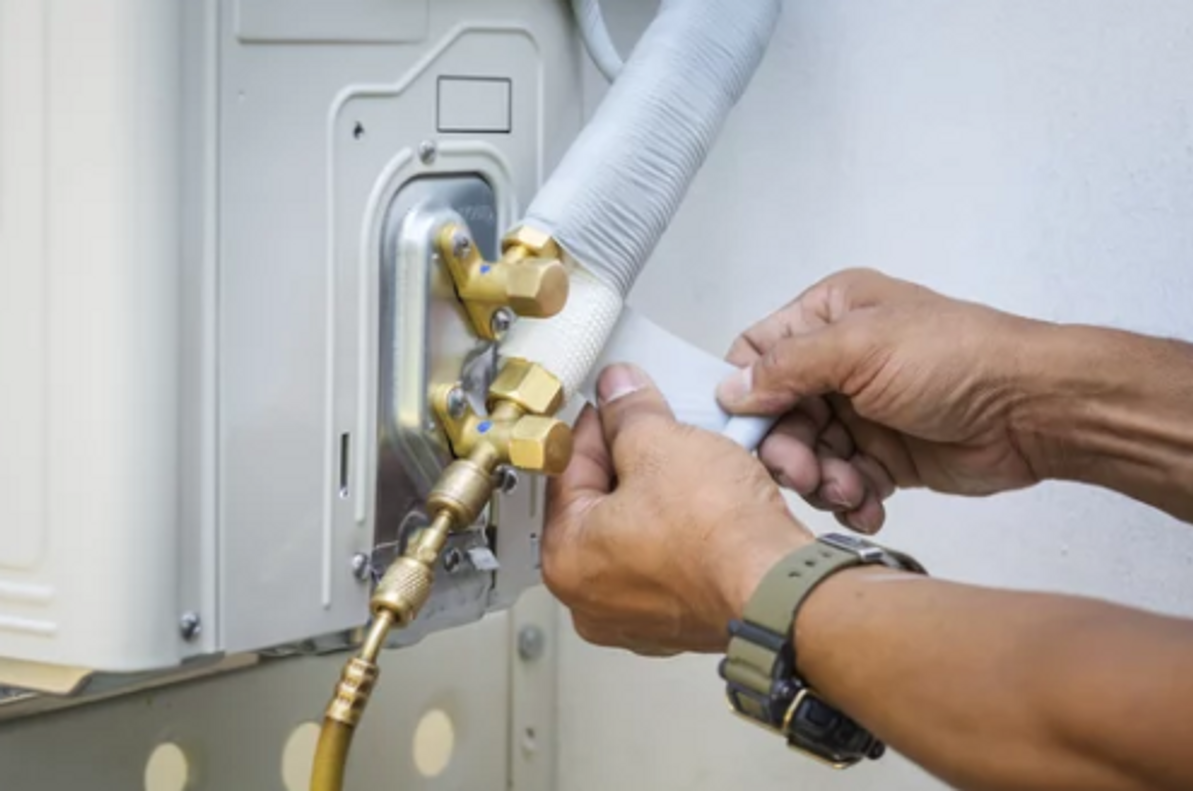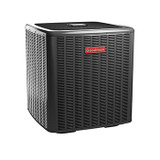7 Ways To Prepare Your Furnace For Winter
Have you compiled your furnace maintenance tips for winter? With the winter months getting cold, residents in homes and businesses want to reduce the potential for broken furnaces or malfunctioning ones. When heat loss happens, then customers can risk their health and comfort. Here are five ways to prepare your furnace for winter.
Tips For Furnace Maintenance For Winter
We always recommend scheduling an inspection with an HVAC technician before cold weather arrives, so that you have time to address any potential issues. There are several ways to identify problems so that you can start with solutions.
Declutter Your Furnace Area
You want to clear the space near your furnace thermostat and ducts. Making a path to check the temperature will save you time and effort when vacuuming air ducts or checking for carbon monoxide leaks. A dirty furnace cannot work properly, and decluttering during the winter season will also improve holiday moods.
In addition, tossing flammable items like newspapers, cardboard boxes and scrap paper can reduce fire hazards. You can keep your families safe in the case of an overheated furnace or a gas leak.
Check For Cold Spots
Sometimes a furnace fails to heat an entire area completely. Then certain spots remain cold over a period of time. It’s usually a signal that the heating system is the wrong size or carrying capacity for the residence or business. Even if your heating and cooling systems are too big, they can also create these spots and identify inefficiencies.
In other cases, cold spots happen from poor insulation. If this is the case, then identifying where to replace the insulation will not only prevent loss of energy but also improve into heating. Cold spots can also indicate that the duct systems are poorly structured, and an HVAC specialists can make suggestions for improvement with exposed ducts.
Clean Filters Regular
The furnace filters are designed to catch potential contaminants. As a result, however, they can become clogged and risk a carbon monoxide buildup. Carbon monoxide is a dangerous gas that can suffocate habitants with a house.
Check your disposable filters every one to three months, and stock replacements for when they get dirty. They may require further inspection in climates that are dry or dusty or both, such as in desert areas.
Install A Separate Carbon Monoxide Detector
Carbon monoxide poisoning is no joke from HVAC systems. The gas is generally odorless but suffocating. Having a separate detector can identify system leaks before they become a problem.
Changing the batteries regularly in these detectors will also ensure that you only hear the alarm during real emergencies. Then you can evacuate house residents and call an HVAC specialist to find the leak.
Oil The Blower Motor
The blower motor as well as its belt requires lubrication to prevent potential frays or cracks, as do oil ports within the blower shaft. Only add a few drops of motor oil at a time, and check for signs of damage. Over-lubrication can cause problems, so proceed with caution. Prepare to remove access plates to reach the ports.
Some blower motors have grease cups. Instead of adding oil to any ports, add to these cups and replace any access plates. Replace any broken belts.
Install A Programmable HVAC System Thermostat
Programmable thermostats allow you to make the system energy efficient. By applying direct control to heating and indoor air. It also adjusts depending on how many residents are in the area.
Stock up on batteries for the thermostats, so that you can replace them at a moment’s notice. Decide on ideal scheduling to get lower energy bills and a higher level of comfort.
How To Clean Your Furnace Before Winter
When cleaning your furnace, brush out or vacuum your heat exchanger. Dust can collect and cause clogs in airflow. The same goes for furnace ducts and heating vents. A heavy-duty vacuum cleaner with the right attachments can make the difference.
If you have a chimney or a carbon monoxide detector, check them for potential buildup. Chimneys should allow for a steady airflow, and you want to reduce the risk of poisoning. An HVAC specialist can remove any buildup.
Implement A More Energy-Efficient Heating System With Furnace Part Source
At Furnace Part Source, find the tools that HVAC specialists need for air conditioning and heating. Winterize furnaces with ease when you follow our tips and instructions, and look at our array of parts when you need to make repairs or replacements for customers.
Reach out to us today to find out why a residence’s furnace isn’t working, and if the air filters or carbon monoxide detectors need replacing. Our priority is to ensure that you have the steps to prevent potential heat loss, before the weather gets colder. Furnace Part Source knows how to reduce fire hazards and improve air quality.
Recent Posts
-
Trane Central Air System Not Cooling
Struggling with a Trane central air system that won’t cool your home? You’re not alone. In this deta …27th Jun 2024 -
Lennox Central Air System Not Cooling
When your Lennox central air system stops cooling, it not only disrupts your comfort but can also si …27th Jun 2024 -
Goodman Central Air System Not Cooling
When your Goodman central air system is not cooling, it can be frustrating and uncomfortable, especi …20th Jun 2024





